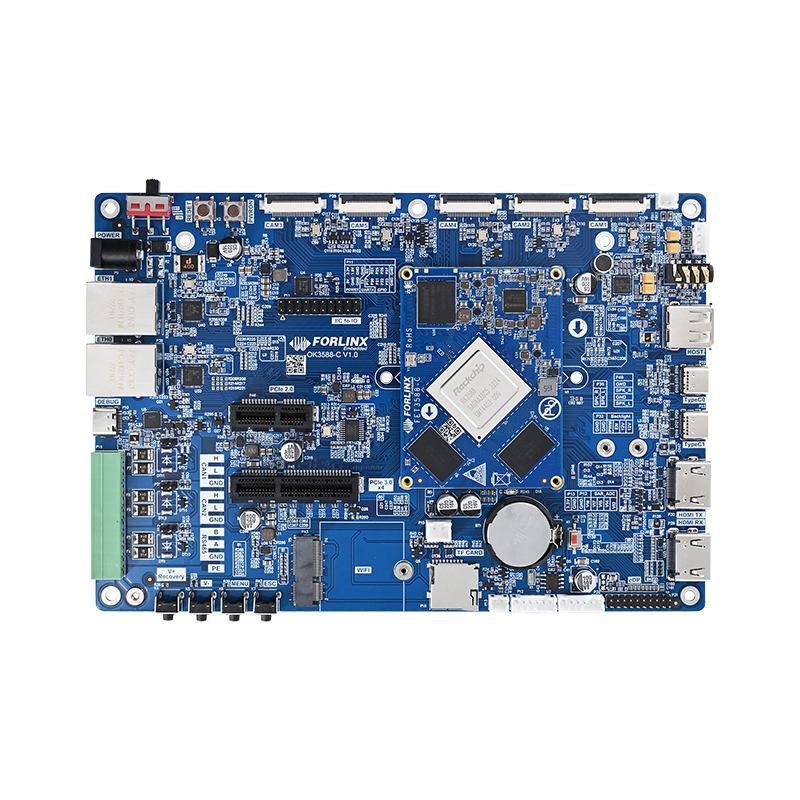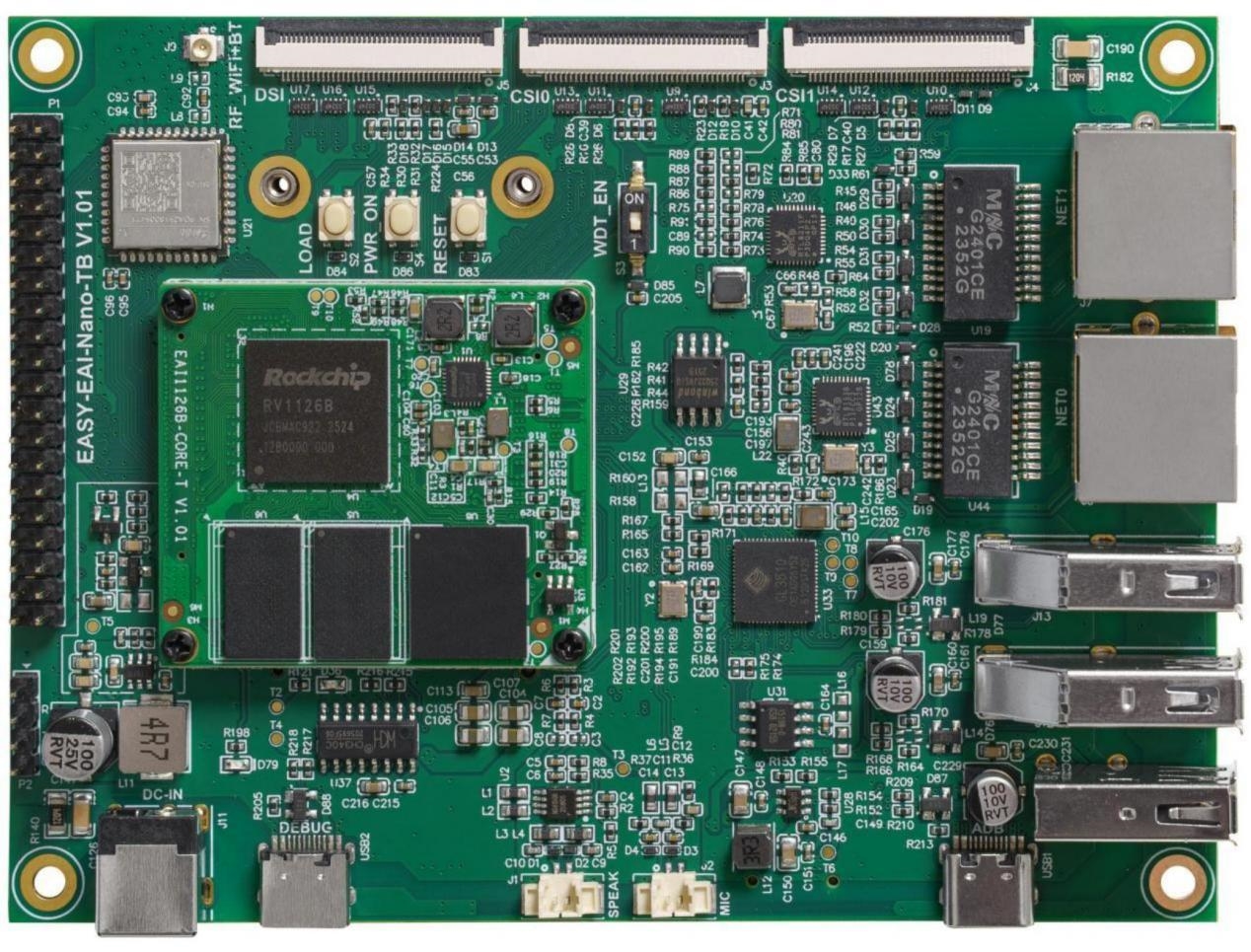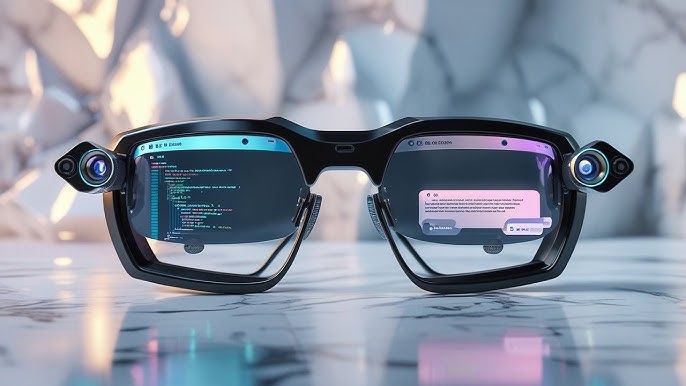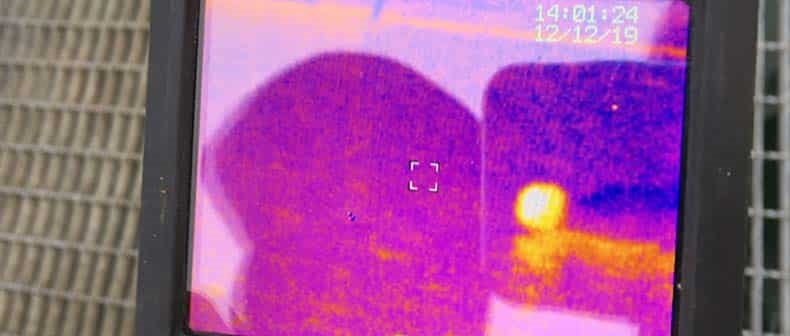1. Evolution of voice recognition chips
Voice recognition is a core human-machine interaction technology and is increasingly used in smart home, healthcare, and shared-economy applications. Bluetooth functions, as a key connectivity module in modern smart devices, play an important role in linking and coordinating components in voice chips. Weichuang uses differentiated product designs to meet various Bluetooth requirements; the feature differences between WTK6900HA8 and WTK6900HC illustrate this approach.
2. Bluetooth features in voice recognition chips
1. WTK6900HA8: flexible feature tradeoffs
The WTK6900HA8 voice recognition chip supports either Bluetooth BLE (low energy) or Bluetooth audio playback as an either-or configuration, suitable for products with specific power or audio quality requirements:
- Bluetooth BLE mode: Suitable for data transfer scenarios, for example synchronizing measurement results from medical devices such as blood pressure monitors or glucose meters to a mobile app. It meets low-power and high-reliability requirements, with standby current as low as 2 uA.
- Bluetooth audio playback mode: Suitable for devices that require high-fidelity voice output, such as voice prompts or music playback in smart home devices, with signal-to-noise ratio up to 91 dB.
2. WTK6900HC: integrated full-function solution
The WTK6900HC voice recognition chip supports both Bluetooth BLE communication and Bluetooth audio playback, suitable for complex scenarios that require both control and interaction:
- Dual-mode Bluetooth architecture: In use cases such as shared lockers, BLE is used for command transmission (for example, "open locker"), while Bluetooth audio provides status feedback (for example, "item retrieved"), enabling full-link voice interaction.
- Interference resilience: Algorithm optimization using neural network techniques enables 5 m far-field wake capability, and recognition rates remain above 95% in noisy environments, suitable for malls, stations, and other high-interference locations.
3. Expansion capability of higher-end voice chips
Higher-end models such as WT2605C further integrate Bluetooth, Wi-Fi, and 4G multimode communications, support online TTS (text-to-speech) and AI dialogue, and can connect with 51 languages and 22 dialects globally, making them suitable for smart customer service and remote healthcare applications.
3. Technical advantages and design considerations for Bluetooth functions
1. Low power and battery life optimization
- Dynamic power management: Chips switch operating modes according to use case. For example, the WT2801 blood pressure monitor chip enters deep sleep when idle, enabling battery life up to 12 months.
- Fast wake-up technology: The WTK6900H series supports millisecond-level response to ensure a smooth user experience.
2. Privacy and security
- Local processing: Offline voice chips such as WTK6900HC perform data processing locally, reducing cloud exposure risk and meeting high security requirements for medical devices and shared terminals.
- Encrypted transmission: Support for medical-data encryption compliant with HIPAA-level practices helps protect sensitive information such as blood pressure and heart rate during transmission.
3. Development convenience
- Modular design: Standard Bluetooth protocol stacks and example code are provided to shorten development cycles. For example, the WT2801 solution is positioned for rapid production ramp-up.
- Custom command words: Support for 200 local command words and mixed-language recognition customization, suitable for commands such as "set temperature to 24 degrees" in air-conditioning control.
4. Typical applications and selection guidance
1. Healthcare devices
- Recommended chip: WT2801 (with BLE 5.4)
- Key capabilities: Second-level synchronization of blood pressure data to an app, support for multi-level voice alerts and emergency guidance, suitable for scenarios requiring reliable Bluetooth transmission.
2. Smart home control
- Recommended chip: WTK6900HC (dual-mode Bluetooth)
- Key capabilities: Voice control for HVAC mode switching and water purifier flow adjustment, supporting offline commands and audio feedback to reduce dependency on network connectivity.
3. Shared-economy terminals
- Recommended chip: WTK6900HC (offline + BLE)
- Key capabilities: Enabling one-phrase store/retrieve locker operations, 5 m far-field wake, and privacy protection features, suitable for complex environments such as malls and hospitals.
4. High-end AI interaction devices
- Recommended chip: WT2605C (multimode communication + online TTS)
- Key capabilities: Support for integration with large AI models and advanced voice timbre, applicable to customer service robots and remote consultation terminals.
5. Future trends and innovation directions
- Edge computing integration: Next-generation chips will incorporate local AI inference to enable more complex contextual understanding and adaptive interaction.
- Improved energy efficiency: Process node upgrades and algorithm optimization will further reduce power consumption and extend battery life of portable devices.
- Multimodal interaction: Combining visual sensors and haptic feedback to create integrated "voice + gesture + display" interaction experiences.
 ALLPCB
ALLPCB








